In a Historic Building, Your Feet Might as Well Be Jackhammers
Museums want visitors, but many must also grapple with the vibrations they cause.

Dave Favaloro, the director of curatorial affairs at the Tenement Museum in New York City, had just arrived home from a long day at work one evening in late May when his phone buzzed with an email. A colleague was doing a final walkthrough of the museum’s renovated apartments at 97 Orchard Street, and sent Favaloro a question that hurled him into a slight panic. Had he noticed that a portion of the plaster ceiling had fallen to the floor?
He hadn’t, but it didn’t come as a total shock. The museum invites visitors to step inside the cramped quarters that immigrant families shared when they landed on Manhattan’s shores in the 19th and early 20th centuries. It’s a fairly old building, and its condition was never great—small and sweltering rooms, with nary a window let alone a breeze, and nothing built to last. Keeping the apartments both historically accurate and safe amid a steady march of foot traffic is constant work.
The museum had known about vulnerable spots for a while. Like many historic properties, the institution has to strike a balance between attracting visitors and shoring up its defenses against them. It’s a problem so common that, on UNESCO’s list of potential threats to heritage sites, visitation sits alongside more obvious perils like pollution. Of course, a museum exists so that people can visit it—that’s the very essence of its museum-ness. But when guests step back in time, they’re treading on fragile ground.

To keep tabs on what’s going on, Favaloro and Danielle Swanson, the museum’s collections manager, do monthly conservation monitoring. Each room is scrutinized twice a year. In 2013, after noticing some ongoing damage to plaster on ceilings and walls, museum staff enlisted the services of structural engineers from Robert Silman Associates to install seismographs that capture vibration data. Over the course of four weeks, the instruments measured peak particle velocity (or PPV, a standard measure of vibration in inches per second), in 15-second intervals. This is a common approach: a number of art museums, including the Art Institute of Chicago, have monitored vibrations during construction projects or when installing something heavy and huge.
The Tenement Museum’s seismograph data revealed that things were pretty sleepy, vibration-wise, after hours. The engineers attributed the occasional out-of-nowhere late-night peak to garbage trucks or ambulances. During the day, though, the instruments recorded predictable patterns that seemed to map on pretty neatly to the schedule of guided tours. Between the hours of 10 a.m. and 6 p.m., whenever visitors climbed the stairs and stood or sat inside the historic apartments, the seismograph recorded frequent spikes up to roughly 0.3 inches/second. It seemed, the engineers wrote, that “the tour groups are ‘exciting’ the floors.’”
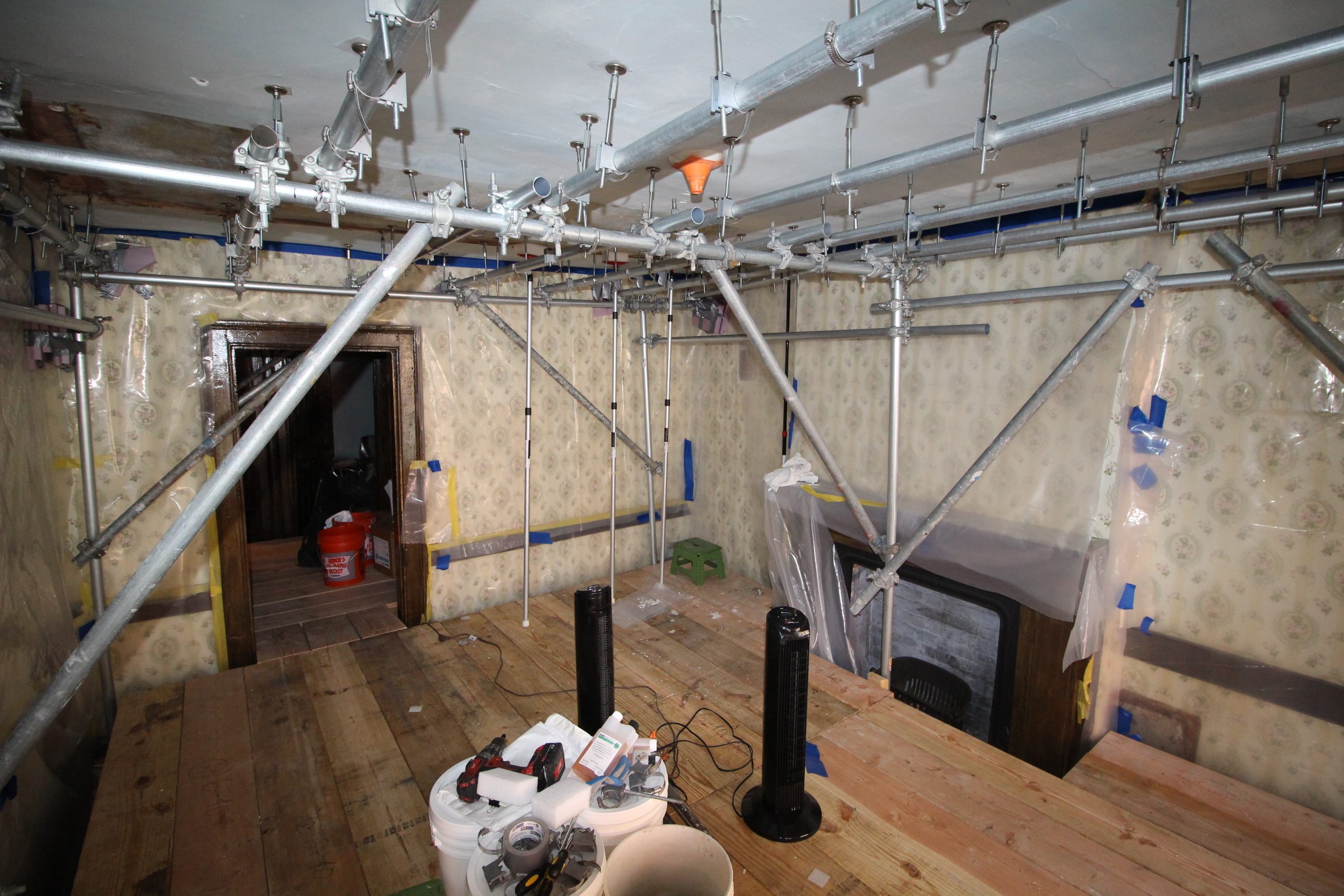
It’s safe to assume that most visitors to the Tenement Museum aren’t walking around like giants lumbering through a forest. But even if they’re not stomping and clomping and thumping along, the vibrations from their footsteps can leave a mark. How vigorously do they have to walk in order to pose a threat? No mosh pits, sure, but what about speed walking? Tip-toeing only?
The best guidelines for managing vibrations in historic buildings are pretty vague. Standards vary greatly from place to place. One landmark literature review, a 2012 report from the National Cooperative Highway Research Program, rounded up 20 sources that recommended limits spanning a wide range—from 0.08 inches/second up to 2.0 inches/second. At the time, the engineers noted, the New York City building code only prescribed an upper limit for plaster that was, presumably, in sound shape; there wasn’t a more sensitive target for older or more visibly vulnerable examples. Outside the U.S. though, there are a handful of countries, including Switzerland and India, where lower ceilings have been set with historical properties in mind.
Overall, museums staffers ought to “be thoughtful about that specific building, rather than trying necessarily to apply a broad standard across all historic buildings,” says Katherine Malone-France, senior vice president for historic sites at the National Trust for Historic Preservation. “Every building and its construction techniques and materials and environment and the way it has been treated over the long arc of time—every single one of those things is different.”
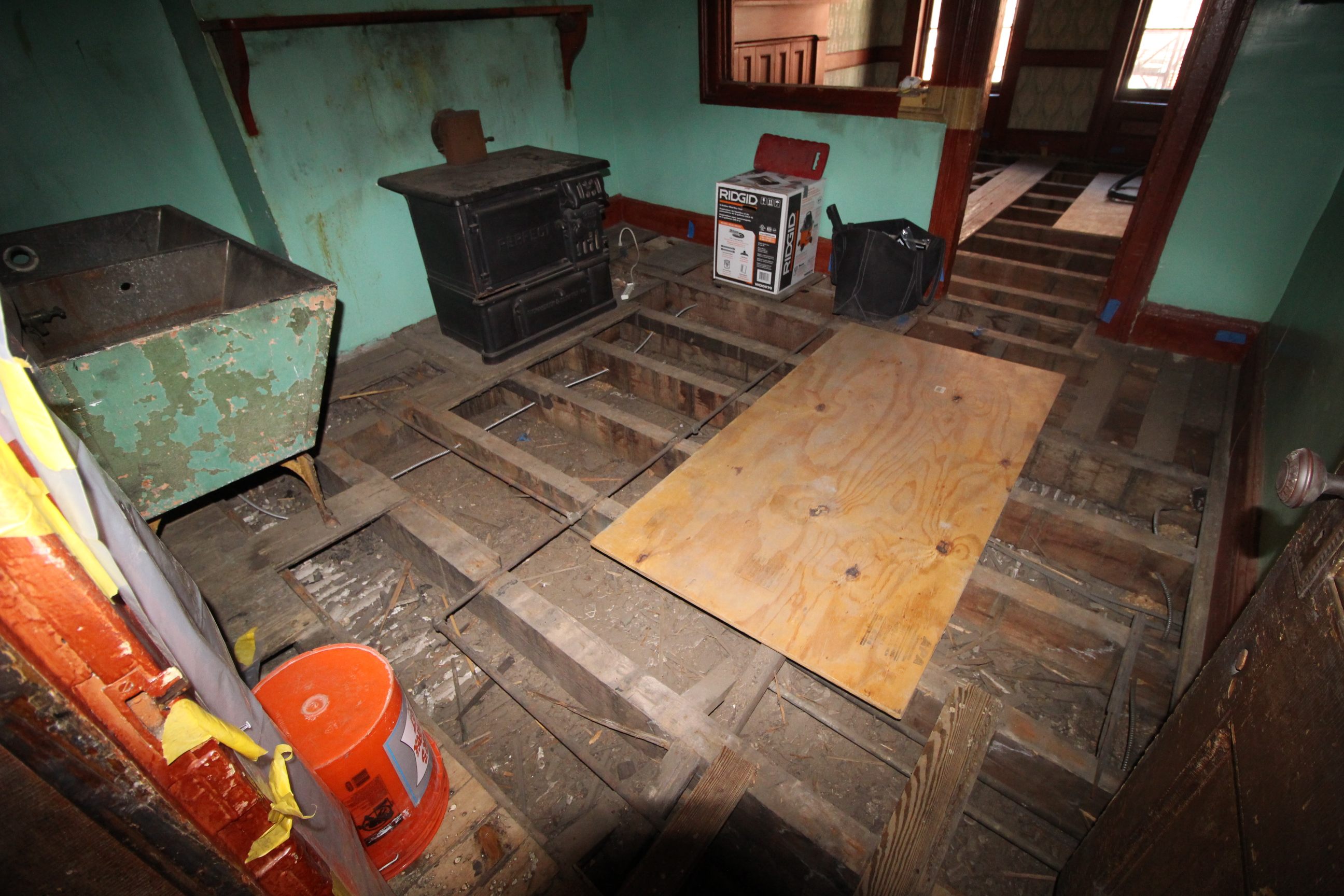
Armed with vibration data, historic sites make all sorts of game plans. One tactic is to nix the things that dial up those quivers. In England, historic homes and palaces often draw crowds for concerts, and one heritage organization eventually found such affairs to be far too funky. Even the decibel levels from relatively calm corporate gatherings could be enough to send a vase toppling to the floor, researchers told the Guardian. In 2017, researchers from China’s Tianjin University found that vibrations in portions of the Grand Stage at the 300-year-old Garden of Virtuous Harmony in the Summer Palace in Beijing leapt higher on holidays, when more visitors were passing through. They concluded that the spikes didn’t exceed acceptable levels, but noted that it was something to keep an eye on.
The Tenement Museum isn’t dialing down on foot traffic, but it is working to make its floors and ceilings strong enough to withstand the footfalls of 250,000 annual visitors. When plaster flaked to the ground back in May, Favaloro, Swanson, and company immediately closed the damaged apartments to visitors. The next order of business was stabilization.
I visited one morning partway through the reconstruction process. The room was relatively dark, as most of its period-appropriate lamps had been put into storage. And despite still being early in the day, the space was punishingly humid. Hunched over in the sticky heat, the crew, led by Stephanie Hoagland, a principal at Jablonski Building Conservation, Inc., was already fantasizing about where they’d eat lunch. They ranked nearby restaurants by how high they blasted the air conditioning.
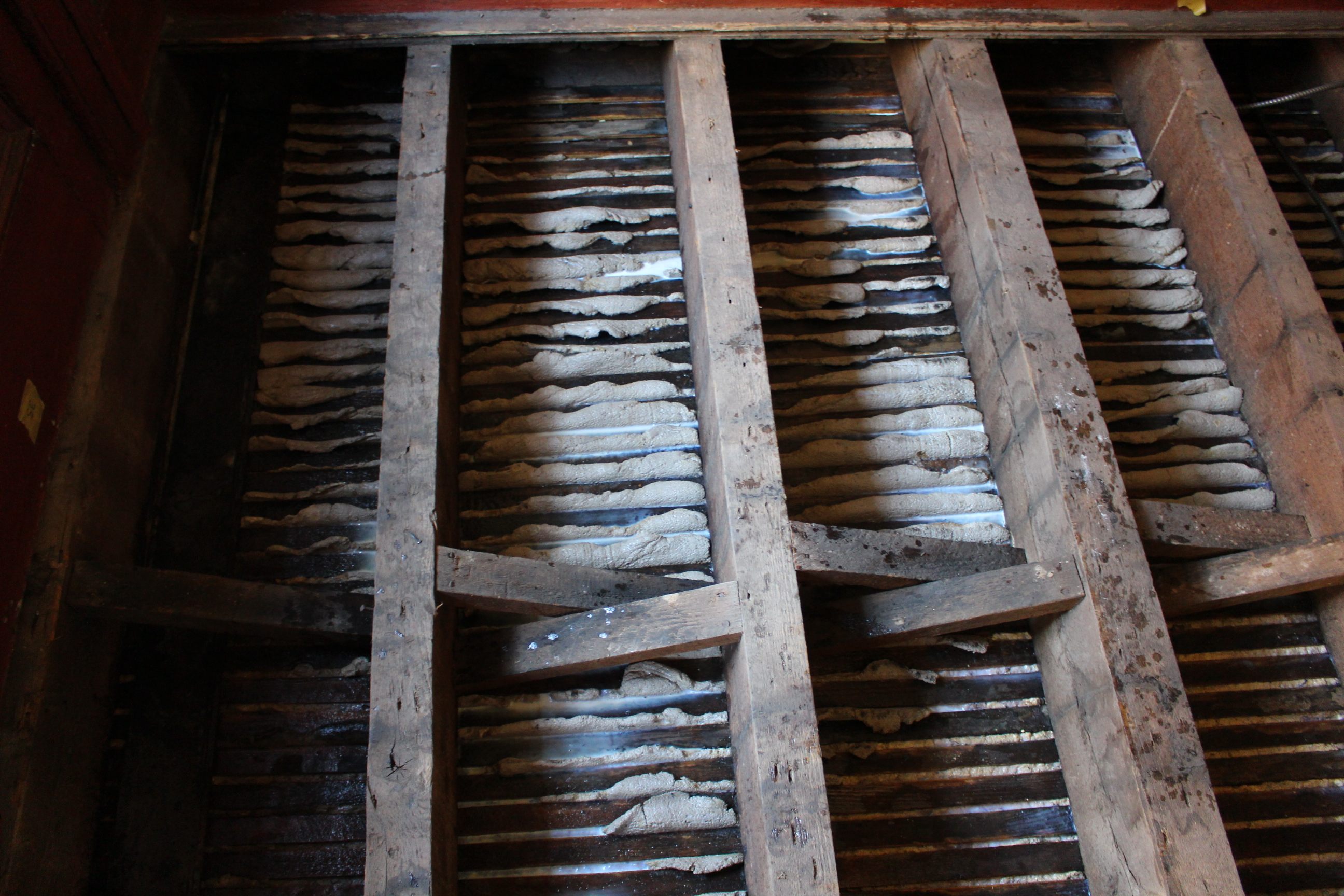
Hoagland’s crew had already supported the bowing ceiling with micro jacks. Then, they climbed the stairs to work on the floor of the apartment above. They removed all of the wooden floor planks, exposing the lath and keys, plaster-stuffed wooden strips that were a common precursor to drywall. After picking out “all the broken keys, all the years of rat poo and dirt,” Hoagland explained, the team vacuumed everything until they got it as clean as they could. This helps create a solid bond, so that they weren’t rekeying to dirt. Then they recreated all the keys by shooting synthetic black goop from a caulking gun. Some of the old keys were still visible, in places where the plaster, when it was wet, had spilled through the wood lath like an eggshell-colored fungus. The crew wiggled them, to see which were weak.
Though only a portion of the ceiling had fallen, the team was working on the entire floor. They reckoned it made sense to do the whole thing in one go, as opposed to tackling individual problem areas piecemeal. Favaloro said the museum plans to do the same throughout its spaces in the next year and a half, in an admittedly “more-strategic way.” The fix-ups square with ones that many historic properties explore, Malone-France said. “We want to preserve design intent and that aesthetic, but we can, in ways that are never going to be seen by anyone, improve on materiality and construction technique,” she said.
When the museum reopens these rooms to visitors next month, this work will be invisible: the fresh keys will be hidden by new plaster and paint, designed to look like the old stuff. The additions won’t detract from a visitor’s sense of stepping into the past—and, hopefully, they’ll keep the floor on solid ground.



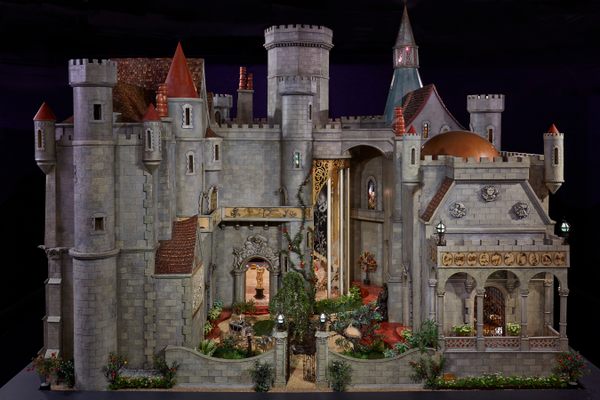
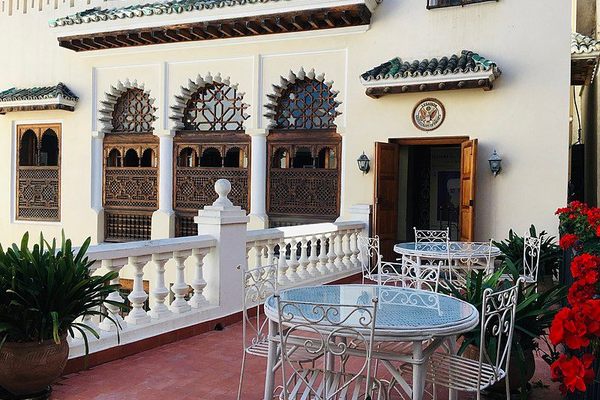

























Follow us on Twitter to get the latest on the world's hidden wonders.
Like us on Facebook to get the latest on the world's hidden wonders.
Follow us on Twitter Like us on Facebook